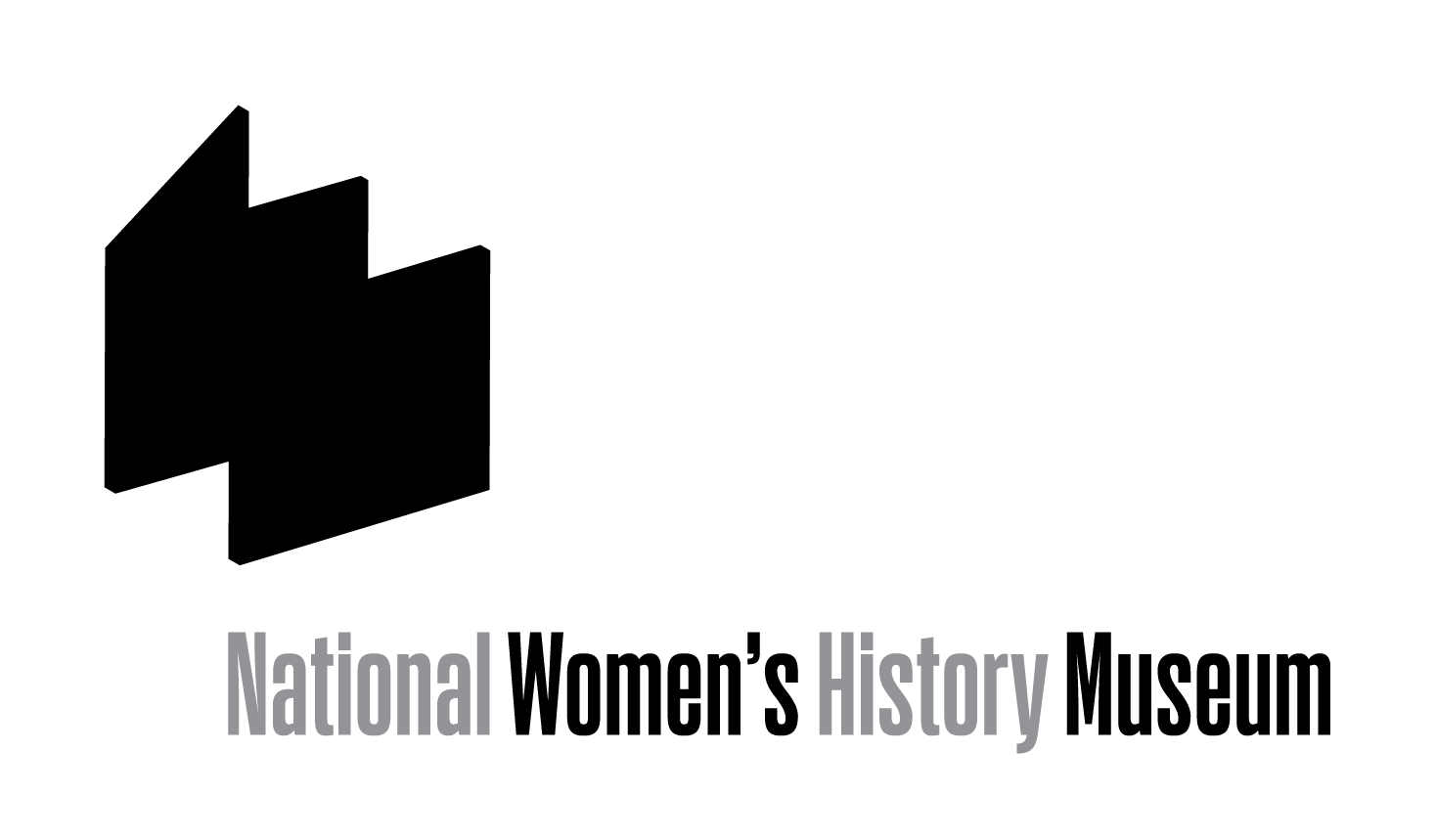Thomas Wentworth Higginson
(1823-1911)
Thomas Wentworth Higginson
Thomas Wentworth Higginson is often remembered as the man who co-edited Emily Dickinson’s first two collections of poetry, but he was also an abolitionist, supporter of the woman’s suffrage movement, and founder of the Intercollegiate Socialist Society. Higginson was also an ordained Unitarian minister and a commander of a Union regiment of freed African Americans during the Civil War.
Higginson was born in Cambridge, Massachusetts in 1823 to a distinguished family. He attended Harvard College, graduating from Harvard Divinity School in 1847. Higginson became a minister of a Unitarian church in Newburyport, Massachusetts. He often spoke against the fugitive slave law from his pulpit. He was seen as having too radical of thoughts for the Newburyport church and moved to the Worcester’s Free Church, which was much more accepting of Higginson’s ideas. His ideas did not stop at the pulpit; twice he took guns and ammunition to Kansas to help arm anti-slavery settlers. This was to help ensure Kansas would be admitted into the Union as a free state and not a slave state. Higginson was also a huge supporter of John Brown. After John Brown was arrested for his raid on Harper’s Ferry, Higginson helped plan a jail break, which did not end up happening.
Once the Civil War broke out, Higginson took his beliefs to the battleground. In 1862, Higginson became the commander of the first African American regiment, the First South Carolina Volunteers. He wrote Army Life in a Black Regiment about his experiences throughout the Civil War. After the war, in 1867, Higginson published, for the first time in the United States, a substantial collection of African American spirituals in the Atlantic Monthly.
Higginson also published many essays on women’s rights. In his writings, Higginson often compared women’s lack of rights to African Americans’ lack of rights. He, along with many women, helped found the American Woman Suffrage Association. Starting in 1877, he was the editor of their magazine, the Woman’s Journal, for the next fourteen years. Higginson also advocated for suffrage, for equal access to education, and for equal pay for equal work, especially in teaching roles.
Despite all of this work, Higginson is most famous for his work with Emily Dickinson. Dickinson reached out to him in 1862 by sending him some of her poems. The two wrote back and forth for many years, though they only met twice before Dickinson died in 1886. After she passed away, Higginson and Mabel Loomis Todd edited Dickinson’s poems for publication.
Higginson published more than 500 of his own writings during his life. Many of these were collected into thirty-five books he also published. Higginson passed away in Cambridge, Massachusetts in 1911.
RELATED PEOPLE
